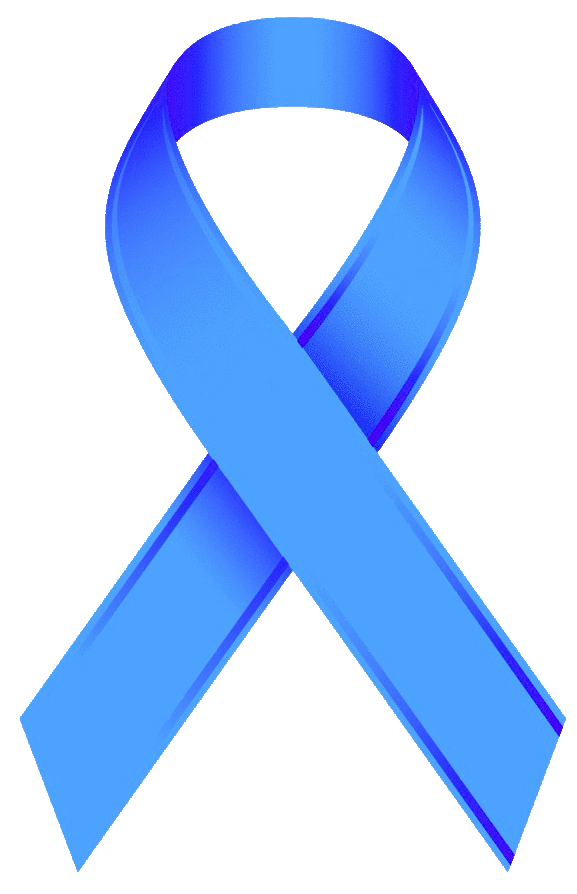

Copyright © 2013 PAForPOTSAwareness, any use of materials on this website must be done with express permission, unless stated otherwise.
Legal and Medical Disclaimer: The information contained in this website is provided for information and educational purposes only. It is not a substitute for professional medical advise. Always consult with a doctor regarding anything related to your health. We do not endorse, or responsible for, anything related to or provided by third party links.